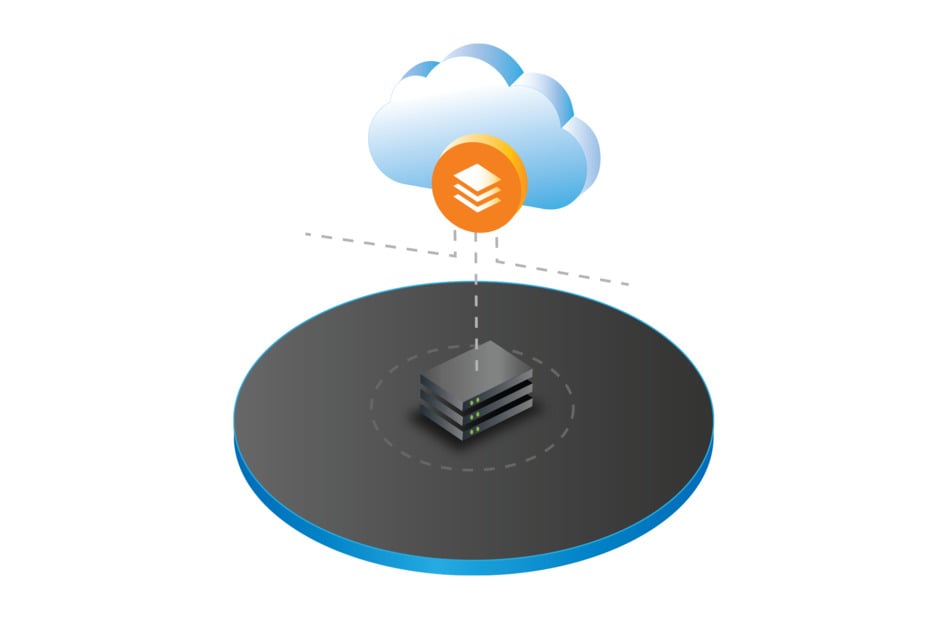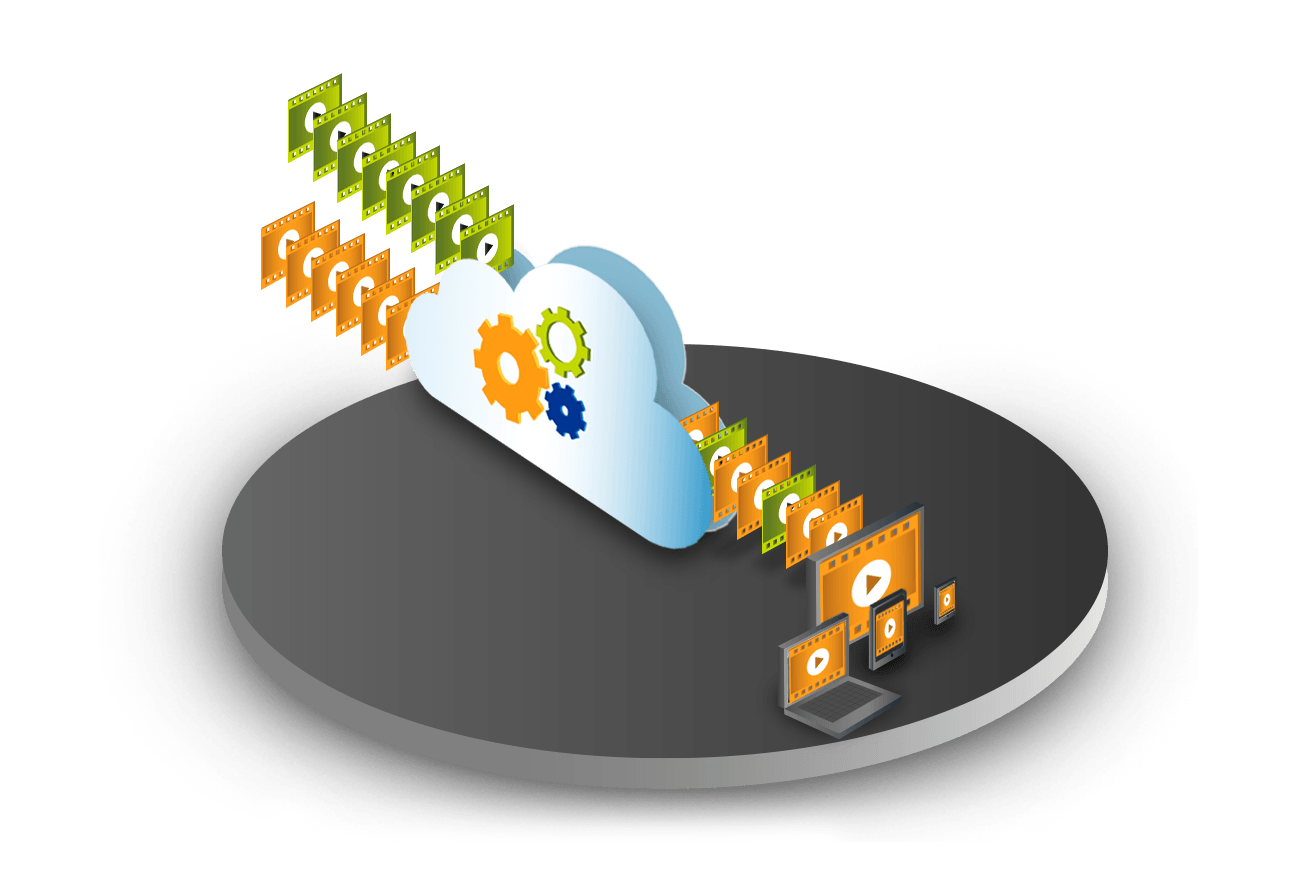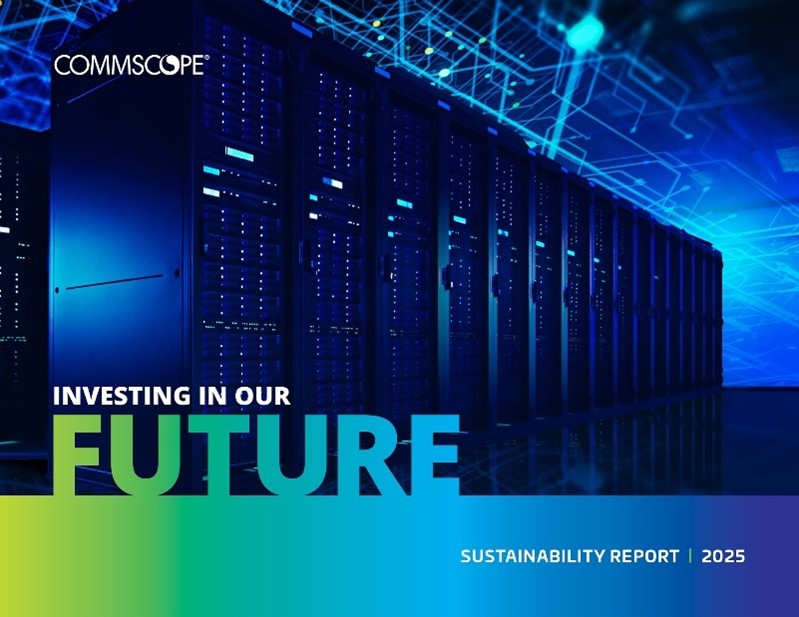General purpose processors now have enough raw processing power to rival the performance of specialized, bespoke hardware platforms. These advances have enabled a transition of network processing tasks from custom hardware-based chassis architectures to general purpose processors running on standard servers, yielding operational benefits for the service provider community, including a more agile and flexible approach to increasing network capacity and introducing new services.
CommScope's market-leading CCAP solutions, which include the E6000® converged edge router (CER), C100G CMTS and Remote PHY and Remote MACPHY DAA solutions—are recognized by operators worldwide for their stability, scalability, low cost of operation and standards-based interoperability. They have served as the building blocks for CommScope's new virtual CCAP solution—the CommScope vCCAP Evo solution—which is now available for deployment on standard COTS (Common Off The Shelf) servers.
CommScope's vCCAP Evo solution offers several key advantages that cable operators can leverage across a variety of HFC cable access and DAA network architectures. In this blog—part one of two— we dig into some of these advantages, specifically, the scalability, agility reliability and resilience of the solution.
Scalability and agility
CommScope's packet processing technology leverages multicore processors to achieve among the best scale in the industry among traditional CCAP platforms. Our vCCAP Evo solution inherited the optimized packet processing technology of our C100G and E6000 CMTS solutions, hardened by its years of deployment. The vCCAP Evo solution, therefore, can achieve operational scale by leveraging a technology that’s familiar to operators from their E6000 and C100G CMTS deployments.
The vCCAP Evo solution offers many features and operational capabilities that enhance and simplify scaling. For example, addressing traffic or subscriber growth is as simple as spinning up new instances of the vCCAP Evo solution running on COTS server platforms. As general-purpose processor performance continues to improve and as more powerful processors come to market, the vCCAP Evo solution’s scalability will improve in parallel, enabling operators to leverage the cost and scalability curves of these new technologies.
Scaling down can have operational benefits, too, and vCCAP Evo solution makes this process as straightforward as scaling up. Scaling down, for example, can be beneficial with the deployment of highly distributed applications that require a small-scale, virtual CMTS solution, such as hospitality, MDU or campus applications. In these scenarios, a single server can process all traffic for a few nodes at a much lower cost of entry than chassis-based CCAP platforms.
The vCCAP Evo solution is also substantially more flexible than traditional, hardware-based CMTS architectures because it leverages agile development processes and CommScope’s software architecture from the company’s major DOCSIS® MAC implementations: C100G/E6000, Remote MAC-PHY, and Virtual CCAP. As a result, cable operators can use the vCCAP Evo platform to develop and integrate new features and services—such as streaming telemetry, network slicing, edge computing, cloud-based firewalls, or low latency packet processing—more rapidly than was possible with hardware-based CCAP technology.
High availability and resilience
As operators migrate from hardware-based to virtual CCAP operation, the operational improvements that come with virtualization can result in a continuous process of network optimization. Indeed, the physical migration of existing headend sites from a physical to a virtual CCAP itself optimizes operations. Operators can achieve geographical redundancy for the key MAC processing function, for example, by using multiple datacenters – a capability that did not exist in the CCAP world.
Operators can also use a virtual CCAP solution to redistribute workloads among different server pools located in different areas of the network; Manchester United playing an important football match against Liverpool, for example, probably results in a traffic spike in Manchester and Liverpool, while network traffic in London may remain relatively unaffected. In this example, the burden of accommodating the increase in traffic is limited to the two cities in question, instead of stressing an entire pipeline stretching from the south to the north of England.
Another advantage of virtual CCAP operation is its resilience. The vCCAP Evo solution’s management tools can provide a centralized, common view of a network across multiple access architectures. This ability results in minimal service disruptions, as well as a more efficient use of resources (which can be optimized and targeted where they’re needed).
For example, virtualized CCAP operation can result in the simplified—and potentially proactive—application of software upgrades and security patches to targeted service groups as they are needed. Moreover, because these upgrades are centrally controlled, operators can realize significant economies of scale. In aggregate, these capabilities can result in improved customer satisfaction as system maintenance needs do not necessarily result in extended downtime or otherwise disrupt services to the home.
This is only half the story
As important as these advantages are, they’re not the whole story. Watch for the second part of this series, which will explore the operational and cost efficiencies that are possible with deployment of the vCCAP Evo solution.
CommScope offers a full, end-to-end portfolio of next-generation products and solutions for both inside and outside plant operation. For further information about the CommScope vCCAP Evo solution, visit our website or contact your CommScope Sales Representative.
© 2025 CommScope, LLC. All rights reserved. CommScope and the CommScope logo are registered trademarks of CommScope and/or its affiliates in the U.S. and other countries. For additional trademark information see https://www.commscope.com/trademarks. DOCSIS is a trademark of Cable Television Laboratories, Inc. All product names, trademarks and registered trademarks are property of their respective owners.













